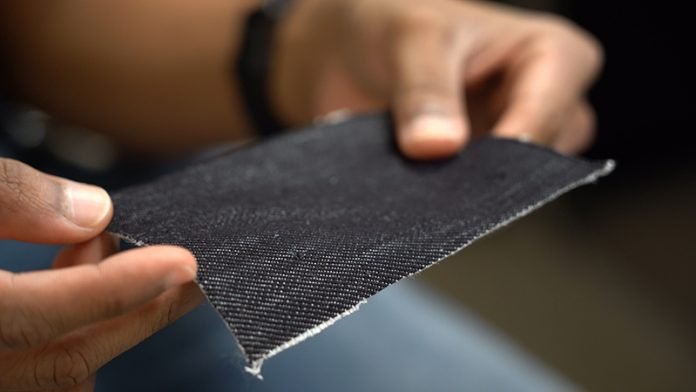
A type of fabric typically used for hiking gear could potentially lead to wearable electronics that successfully cool both the device and the wearer’s skin.
The fabric has heat-conducting properties on par with stainless steel, researchers report.
As smartwatches become more powerful, they will generate more heat.
To prevent burns or rashes, what if a material touching the skin could feel as cool as metal, but also be flexible enough to be worn on the wrist?
The hiking gear material is made of ultra-high molecular weight polyethylene fibers, which are sold commercially under the brand name Dyneema.
These polymer-based fabrics are marketed for their high strength, durability, and abrasion resistance. They are often used to create body armor, specialty sports gear, ropes, and nets.
Heat transfer researchers recently investigated other uses for the fabric, namely as a cooling interface between human skin and wearable electronics. Their research is published in Scientific Reports.
Fabric’s cool flexibility
“This fabric has great flexibility and thermal properties.
If you stitch it differently, weave it differently, or start blending the polymers with different materials, you could tailor the fabric’s properties to different applications,” says Justin Weibel, a research associate professor in the School of Mechanical Engineering at Purdue University.
If a material has a high thermal conductivity, that means heat dissipates through the material more easily. There are many heat-dissipation methods for fabrics, from the simple (moisture-wicking); to the intricate (conventional fabrics with heat-conducting strands woven in); to the very complex (liquid-cooled garments astronauts wear).
“Your next smartwatch or virtual reality headset could be more powerful than your current smartphone, so we need to dissipate heat away from the electronic components to keep the wearer comfortable,” says Aaditya Candadai, who recently completed his PhD at Purdue doing research on this project.
“These polymer fabrics have amazing thermal properties that can keep these devices cooler and avoid low-degree skin burns.”
The team discovered these properties by benchmarking Dyneema against conventional cotton fabrics, as well as polyethylene sheets in rigid non-woven form. They obtained several different commercially manufactured fabric samples and even wove their own samples from raw Dyneema fibers.
The researchers put the samples into a small vacuum chamber, with a metal wire laid across the surface as a heat source.
Using an infrared microscope, they could generate detailed data about how much heat was being conducted through the fabric’s surface, and in which direction. They found that the Dyneema fabric has 20-30 times higher thermal conductivity than other fabrics, comparable with steel.
‘Sweet spot’
The team also tested the fabric’s flexibility, which is important for wearable electronics.
“There’s a balance; we don’t want to make thermally conductive materials that are so stiff, people won’t be comfortable wearing them,” Candadai says. “These polymer fabrics are in that sweet spot of having good conductivity and good flexibility.”
The fabric naturally has these properties with no additional circuity or other equipment, but the researchers also have plans to test how weaving in different materials affects the fabric.
“We could integrate other types of fibers—carbon fibers, metal fibers—to achieve different combinations of properties,” says Amy Marconnet, an associate professor of mechanical engineering.
The team’s research was performed within Purdue’s Cooling Technologies Research Center, a graduated National Science Foundation Industry/University Cooperative Research Center with support from industry leaders in thermal materials and electronics.



